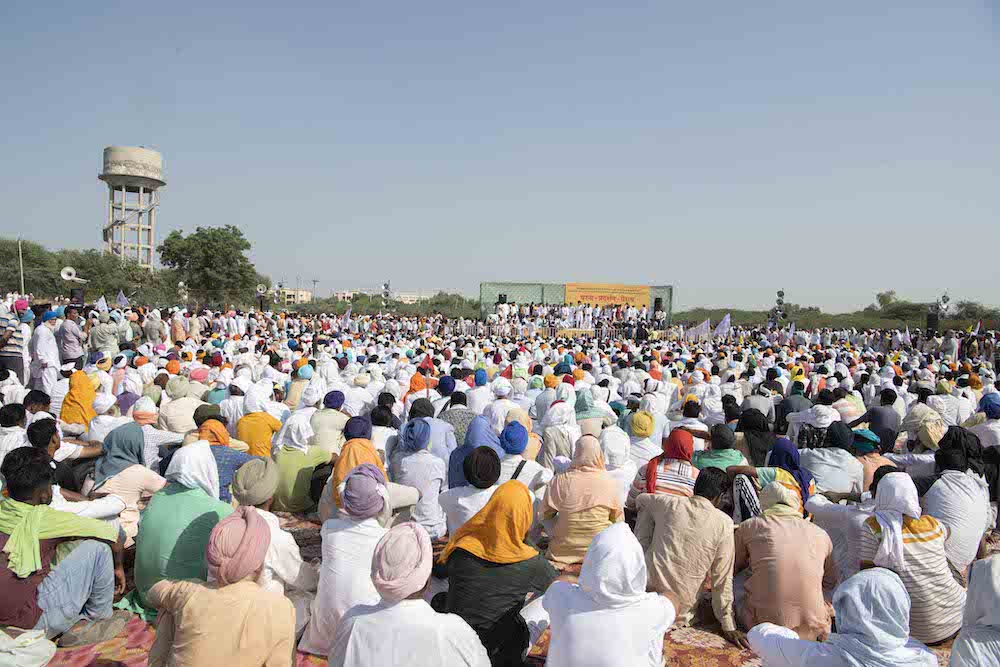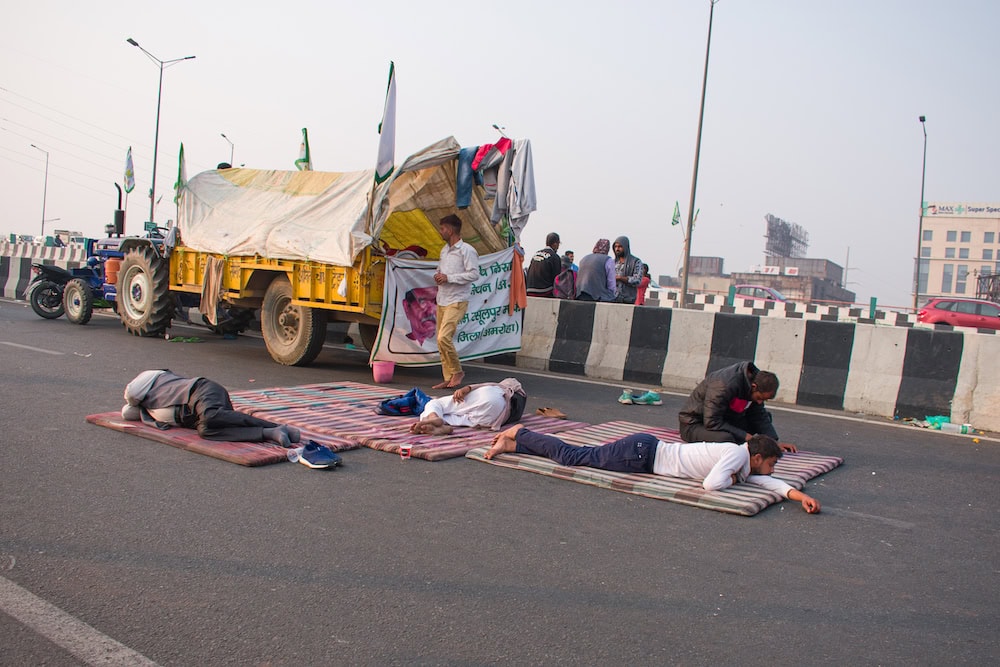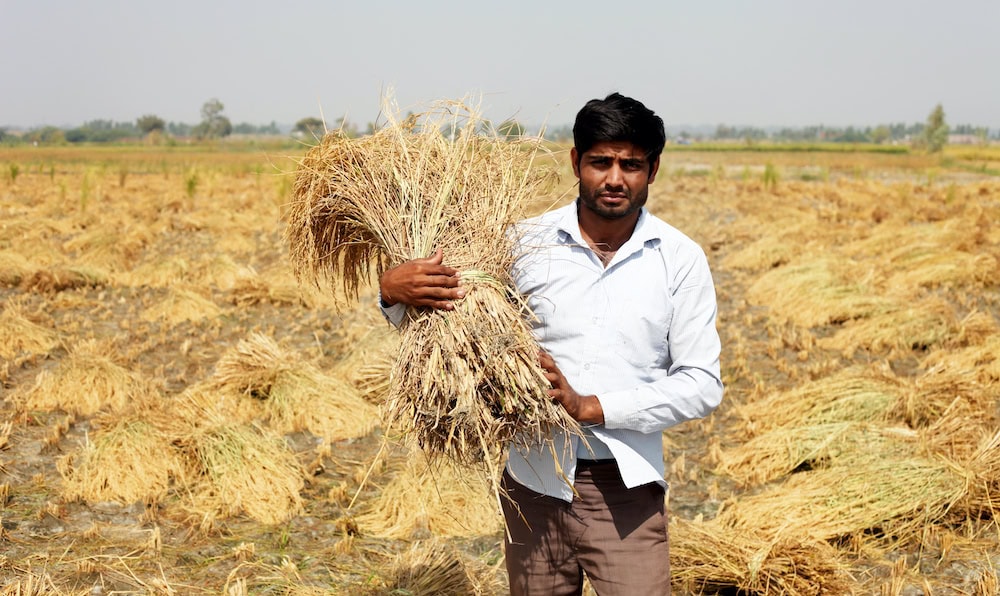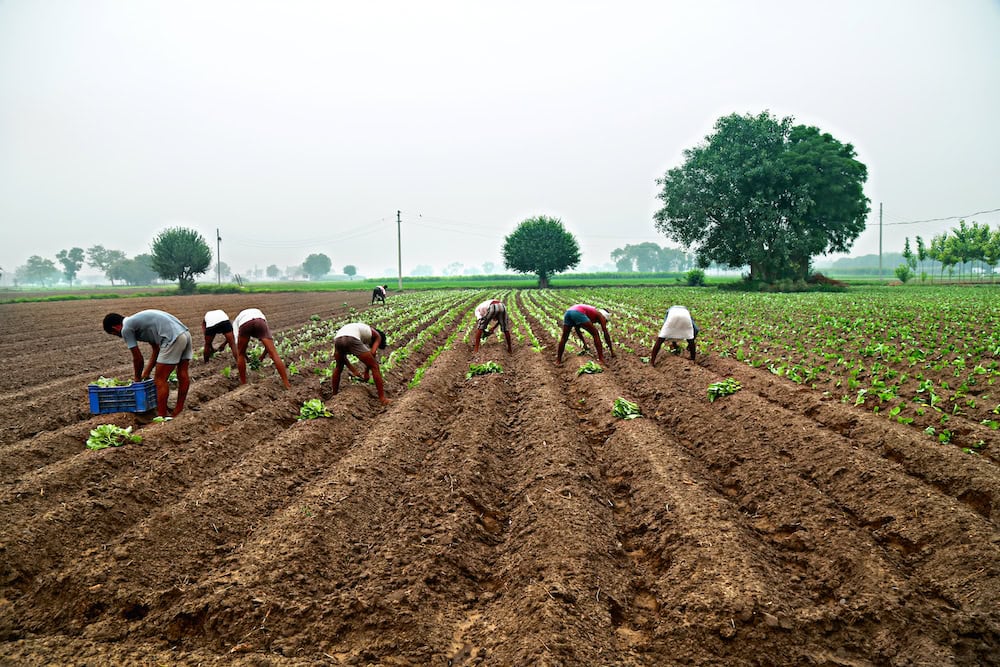NSW Farmers is inviting all farmers hit by the 2019/2020 bushfires to fill in a…
Why are Indian farmers protesting?

Imagine you believed your livelihood was so threatened by new government policy that you would put aside your daily duties and the million other things that need doing on your farm and travel to Canberra to protest in front of Parliament House in the middle of winter.
Farmers in the northern Indian states of Punjab and Haryana, the country’s wheat belt, don’t have to imagine this scenario. Hundreds of thousands of them have been living it since September, at protests focused on the capital New Delhi to demand the repeal of three new agricultural laws the government says will improve the ease of doing business, but which unions say will leave farmers who barely make ends meet at the mercy of big agribusiness.

The protestors’ cause has evoked widespread sympathy across the globe, and sparked a full-blown war of words on social media that made the Indian Government take the unusual step of reacting to the pro-farmer Tweets by environmentalist Greta Thunberg and pop star Rihanna.
But are the new laws really that bad? Or a painful but necessary measure to reform an antiquated system that delivers small-scale farmers just 60 per cent of the country’s average monthly income?
In the first instalment of The Farmer’s new Current Affairs section, we take a long hard look at the issues behind the headlines in New Delhi.
The Green Revolution
To understand why Indian farmers are so incensed about the changes that they refuse to negotiate or compromise, it is necessary to know something about the agricultural system the new laws aim to change.
In the 1960s, when parts of India faced famine, high-yielding wheat and rice varieties were introduced along with tractors, irrigation, pesticides and fertilisers, to achieve grain self-sufficiency. It was called the Green Revolution.

It was accompanied by the Agricultural Produce Marketing Committee (APMC) Act, a law giving government monopoly power over the sale and marketing of staples to put an end to food shortages and the exploitation of poor farmers by free-market traders. Farmers who grew rice, wheat and 22 other crops covered by the scheme could only sell to centralised state government markets called “mandis”, at a “minimum support price” applicable throughout India. Essentially, the Indian Government purchased the grain and sold it to poorer consumers at subsidised prices through what is known as the Public Distribution System.
Hartosh Bal, Political editor of The Caravan – an English-language, magazine covering Indian politics and culture described the system as the “biggest social security program in the world.”
“The Food Corporation of India, which is managed by the Central Government, buys around 80 to 90 million tonnes of food grain at a minimum support price,” Mr Bal told ABC RN’s Rear Vision program.
“That grain is sold at so-called fair prices shops at highly subsidised prices. It’s almost free actually and provides for about 800 million people. It’s a very important source of food security.”
The changes increased crop yields and helped India become grain self-sufficient. But they also gave birth to a raft of new problems common to socialist experiments.
“The system is far from perfect. There has been quite a bit of corruption in the past, but that has improved in recent years,” Mr Bal said.

Food processors, retailers and exporters could only purchase grains from the mandis, increasing the cost of transportation. Poor storage facilities at market yards meant crops regularly rotted before they reached consumers. Estimates show 5 to 7 per cent of Indian grains perish in storage. For fresh fruit and vegetables, spoilage is 25 to 40 per cent.
Worst of all, many mandis took advantage of the absence of market competition to form cartels that drove farmgate prices below the minimum support price. Many farmers consequently earned only a fraction of the price at which crops are sold to the end consumer, despite little to no value being added by the mandis. Some mandis also illegally hoarded farm produce, forcing food prices to skyrocket when the market was starved.
Add extensive subsidies that turned small-scale agriculture into a charity, and foreign and inter-state export barriers that deny farmers profits at times of plenty, and it’s easy to see how these policies have perpetuated rural poverty in India over the past 50 years.
Why are Indian farmers protesting?
Under the new Farm Bill, growers can bypass the mandis and sell their crops at market rates to anyone who wants them, including e-commerce platforms. The bill also loosens restrictions on private-sector storage of crops and includes a framework for contracting between farmers and the agribusiness firms.
According to Hartosh Bal, there is also nothing in the new laws that prevent the central government from purchasing food grains at minimum support prices.
So why are farmers so opposed to being allowed to sell their crops to buyers of their own choice?
“The farmers fear that this is a kind of slippery slope and it comes back to an issue of mistrust,” Mr Bal told ABC RN’s Rear Vision program.
“They fear that the next step will be to attack the system of food subsidies, which would have dramatic consequences for farmers and for the consumers that depend on it.”
Part of the reasoning for farmer opposition can also be found by looking at the experience of rice farmers in Bihar, a state in eastern India, where the APMC Act was scrapped in 2006.
Buyers swept in, offering rice farmers higher prices, putting nearly nine out of 10 government market yards out of business. But the good times were short-lived. India’s National Sample Survey Office last year showed rice farmers in Bihar earned an average of $208 per tonne on the open market, while rice farmers in Punjab insured by the minimum support price earned $326.
Farmers are also concerned that the reforms will only benefit large corporate players and not small farmers.

While large corporates make easy targets for protest groups, the social crisis caused by the Farm Bill does reflect a lack of public trust in big business in India to support the immense community of small and medium size farmers in a unregulated market system.
“Indian farmers, like Chinese farmers who have undergone agricultural commercialisation, need market-oriented reforms,” says Hansong Li, a Chinese scholar at Harvard University. “However, compared with China, the US and some Latin American and Caribbean countries, India’s [Farm Bill] lacks supporting risk-mitigation policies. The [minimum support prices principle] that lies at the heart of the dispute was suddenly removed, and supply and safeguard measures were not put in place,” he says.
An editorial published ThePrint, a pro-business online magazine in New Delhi, expands on this argument. “Throughout India’s agricultural history, the knee-jerk reaction to farm distress has been populism and charity: short-term relief policies that inherently depend on state control, whether through state-owned banks or market yards.
“State control allows political parties to promise easy sops in exchange for quick votes, even if the benefits of populism are short-lived. But a liberalised farm economy with limits to government control,” it says, “would make populist measures more difficult to roll out.”
Where and when the protests in New Delhi will end is anyone’s guess. But one thing’s for sure: they are just the start of a new movement demanding a better deal for marginal farmers. in India and elsewhere in the developing world. To quote pop star Rihanna, “Why aren’t we talking about this?”
If you enjoyed reading this story on Indian farmers protesting, you might like to read our feature on Land Use Conflict in Australia.








